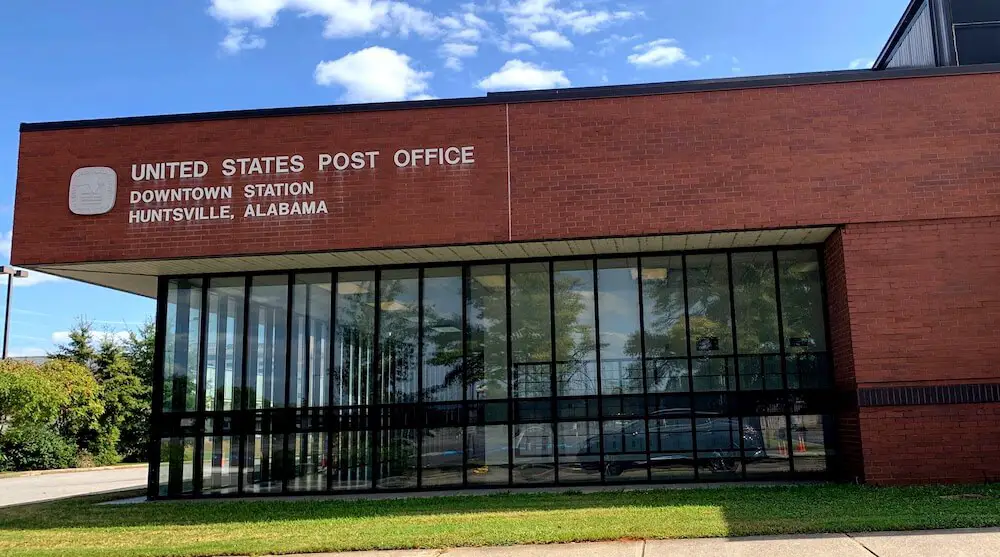The Office of Personnel Management (OPM) has issued an interim final rule to establish the Postal Service Health Benefits (PSHB) program as required by the Postal Service Reform Act that became law last year.
The new law requires OPM to establish the Postal Service Health Benefits Program within the Federal Employees Health Benefits Program under which OPM may contract with carriers to offer health benefits plans for USPS employees and retirees.
What is the Postal Service Health Benefits (PSHB) Program?
The PSHB Program will include health benefits plans available only to United States Postal Service (USPS) employees, Postal Service retirees (annuitants), and their eligible family members.
Starting January 1, 2025 these individuals will have to get their federal health benefits coverage from the PSHB program because eligibility for enrollment or coverage under the Federal Employees Health Benefits (FEHB) program will end on December 31, 2024.
Furthermore, subject to limited exceptions, USPS annuitants who retire and become Medicare-eligible after December 31, 2024 as well as their Medicare-eligible family members will be required to enroll in Medicare Part B as a condition of eligibility to enroll in the PSHB Program. This requirement to enroll in Medicare Part B is the primary eligibility difference between PSHB and FEHB plans.
Establishing PSHB Program is Expensive
The Postal Service Reform Act provided $70.5 million to OPM to cover start up costs to use for setting up the PSHB program. OPM said that it is using the money to fund activities such as onboarding new support personnel, updating its existing financial management and retirement systems, and issuing new regulations.
However, OPM doesn’t think $70 million is enough. The agency has asked Congress for another $37.7 million in its fiscal year 2024 budget request for establishing the PSHB program. Most of that money would be used “to support on-going operations and maintenance costs of implementation activities begun in FY 2023 and continuing in FY 2024 that were not otherwise provided for” and $9.5 million would be used “to meet a surge in demand for customer support.”
OPM is expecting a strain on its customer support staff and system because of all of the USPS employees and retirees who will have to contact the agency to switch from FEHB to PSHB by January 2025. Between current Postal employees and retirees, there are about 1.7 million individuals who have to make the switch. In a typical FEHB open season, only about 5-6% of program enrollees typically make changes to their enrollment options.
OPM said that it plans to meet the anticipated increased demand “by standing up a full-service Customer Support Center (CSC) able to address the full suite of customer issues and seamlessly integrated with and complementing an online PSHB enrollment system.”
This would include “effectuating enrollment changes made by telephone or mail, verifying documentation proving eligibility of family members and enrollees, answering Postal enrollee questions concerning the PSHBP, and reconciling enrollment and premium discrepancies” along with “a call center to offer year-round, multi-lingual customer service staff to answer inquiries and provide enrollment assistance by phone, email, and live chat in the U.S. and internationally.”
OPM said it intends to deploy the new customer support center through procurement (i.e. via a contractor) because “this offers OPM the ability to appropriately scale staffing up or down during the initial Open Season as well in subsequent Open Season and non-Open Season periods, ensuring an excellent customer experience at all points while not paying for services that are not required.”





